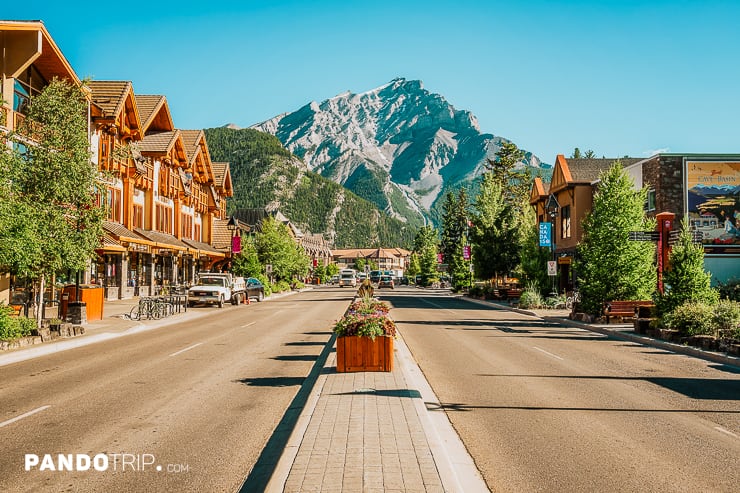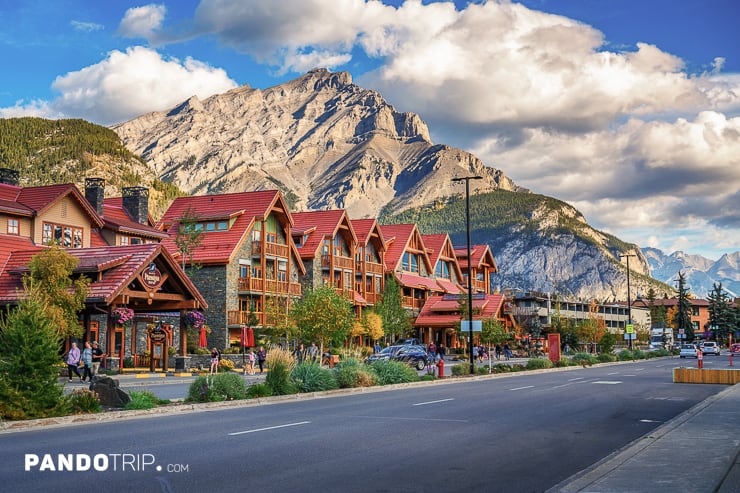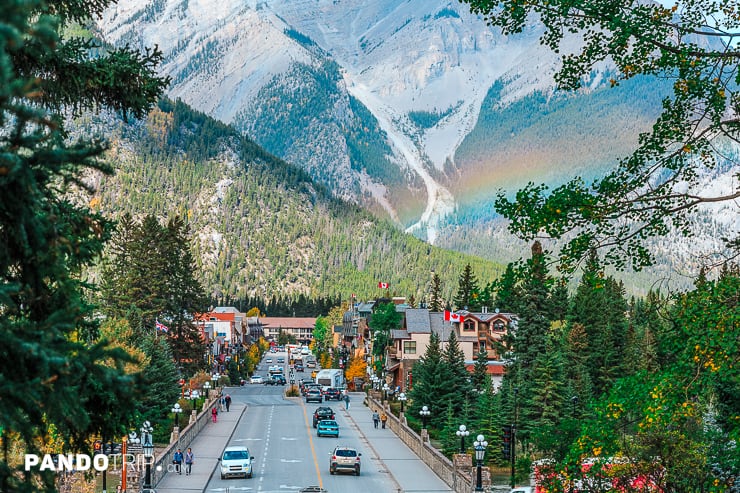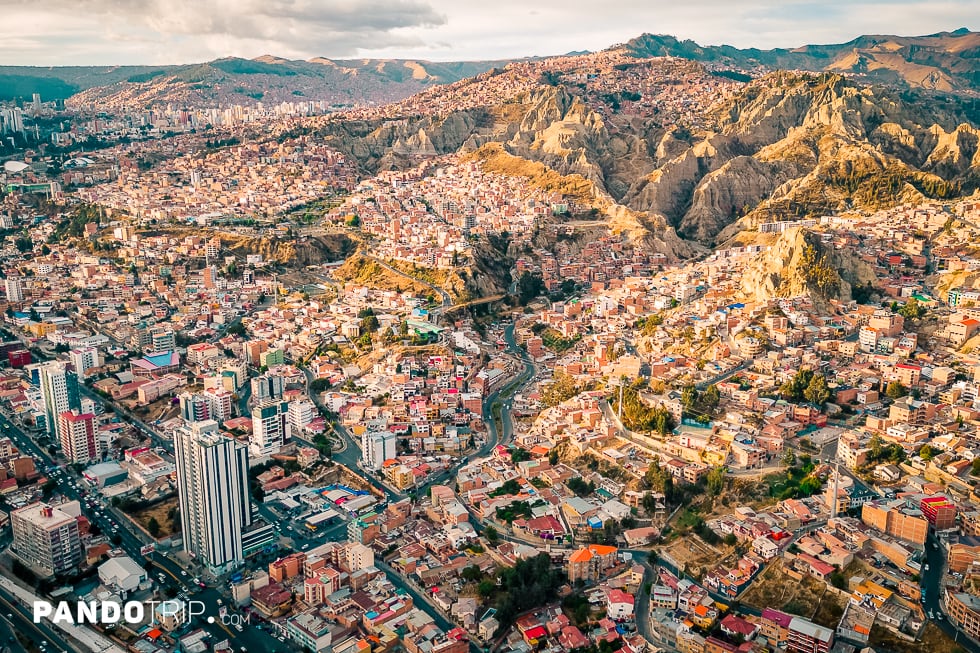There’s something magical about towns and cities tucked amongst towering mountain peaks, where jagged ridges and sweeping vistas surround the buildings and streets. These mountainous communities appear almost fused with their dramatic natural settings. From the Swiss Alps to the high Andes, some of the world’s most captivating urban areas have developed in harmony with the mountains that cradle them.
This list explores ten remarkable cities and towns embedded in mountainous terrain around the globe. As you travel through these pages virtually, you’ll discover ancient Moorish quarters with breathtaking gorge views in Spain, car-free villages reached only by train in the Swiss Alps, and South American capitals looming high in the clouds. Get ready to encounter mist-capped volcanoes, sheer cliff faces, winding streets through ancient alleys, and architecture that blends seamlessly with its mountainous backdrop.
The character and culture of each place is shaped by their location nestled amongst soaring, majestic peaks. These towns have learned to not only exist within their dramatic mountain milieu but use it to their advantage, creating some of the most unique and memorable urban experiences the world has to offer.
1. La Paz, Bolivia
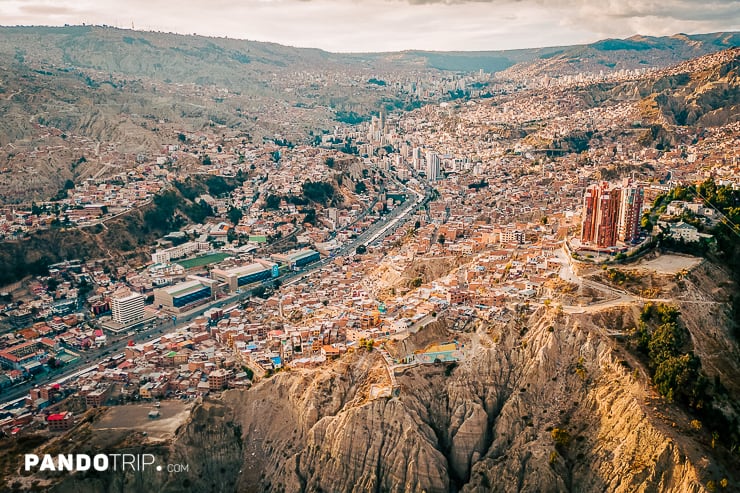
Sitting at nearly 3,650 meters (12,000 ft) elevation in the steep valleys of the Andes, La Paz is the highest capital city in the world. Surrounded by towering peaks like snow-capped Mt. Illimani, the cityscape drops dramatically down the hillside. The capital of Bolivia is vividly colored by indigenous culture blended with Spanish colonial influences.
Known as the “City of Wonders”, La Paz dazzles visitors with its natural beauty, history, and chaos. Ancient ruins hint at past indigenous civilizations. Baroque cathedrals and colonial architecture mark its Spanish heritage. Vibrant markets with indigenous wares buzz with life. Bustling traffic and steep, winding streets create an urban energy. With cable cars soaring overhead, this sprawling mountainside metropolis embraces both its ancient past and modern future.
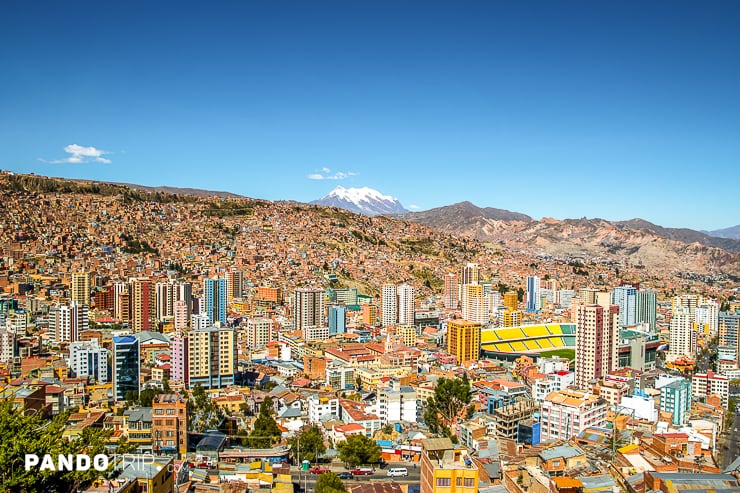
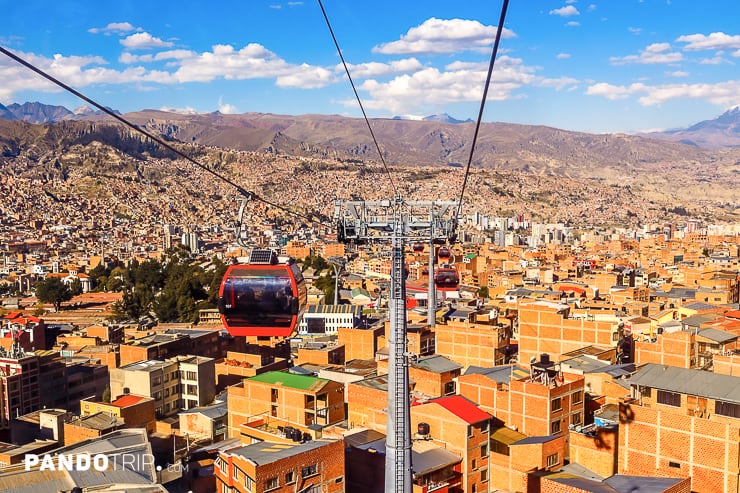
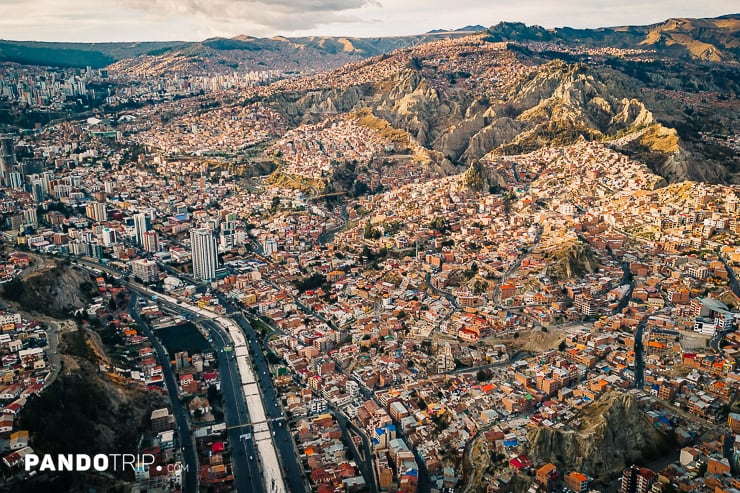
Beyond the city, the La Paz area offers boundless adventure. Mountain bike down the “World’s Most Dangerous Road” high above the canyon. Hike among sky-scraping peaks, waterfalls, and glaciers in the Andes. Climb the snowcapped Mt. Huayna Potosí. From cultural immersion to extreme sports, La Paz’s mountainous landscape allows you to experience it all.
2. Innsbruck, Austria
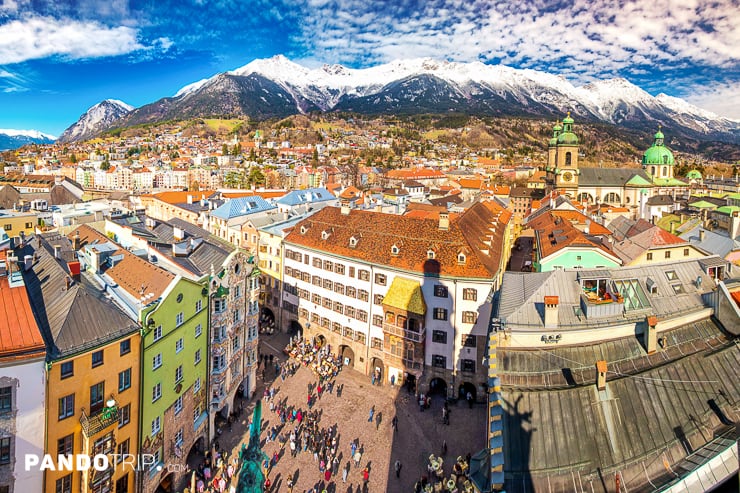
Nestled within the heart of the Alps, Innsbruck is surrounded on all sides by towering mountain peaks. The Nordkette range rises steeply to over 2,438 meters (8,000 feet) directly above the city, while the Karwendel Alps frame the valley to the south. This picturesque capital of the Tyrol region sits at an elevation of 574 meters (1,883 feet), on the banks where the Inn River meets the Sill River.
The surrounding peaks make Innsbruck a mecca for mountain adventures. A funicular whisks you 1,800 meters (5,905 feet) up the Nordkette for hiking and skiing. Or climb nearby summits, paraglide off ridges, and bike through alpine valleys. With terrain perfect for playing in the mountains, it’s no wonder Innsbruck hosted the 1964 and 1976 Winter Olympics and remains an international winter sports capital.
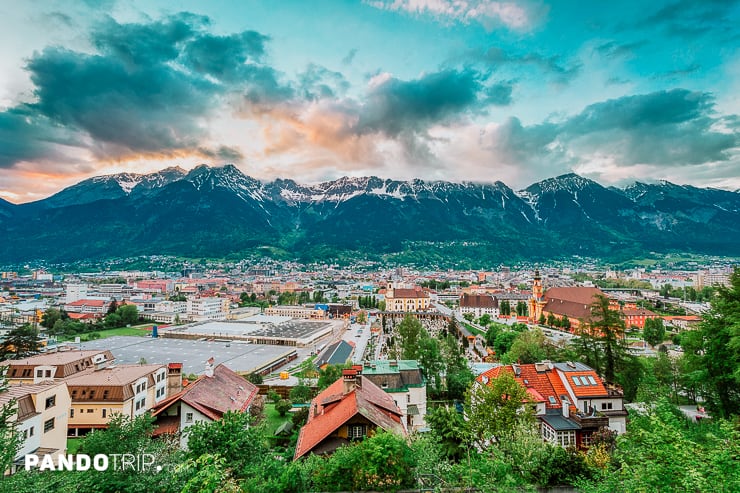
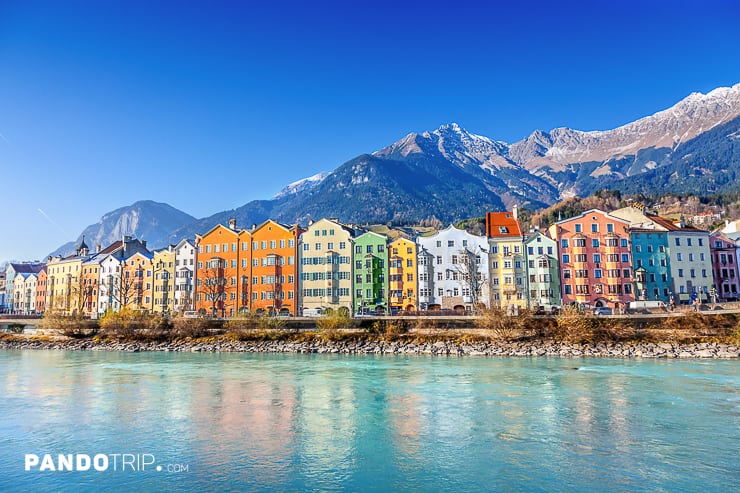
Beyond sports, Innsbruck charms visitors with its blend of culture, history, and Alpine setting. The Imperial architecture hearkens back to its time as the center of the Habsburg Empire. A lively Old Town features medieval houses now occupied by cafes and shops. The Inn River provides picturesque views of the mountains that serve as a stunning backdrop to the city. Without a doubt, Innsbruck is one of the best destinations in Austria.
3. Civita di Bagnoregio, Italy
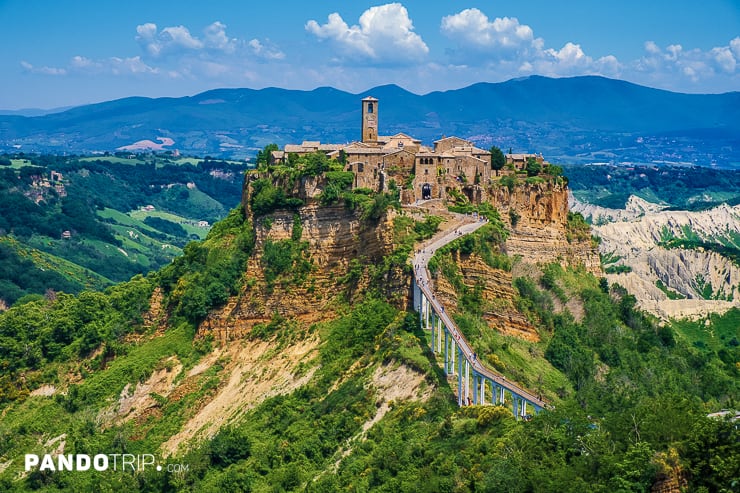
Perched atop a steep hill in the Monti Volsini mountains, the ancient village of Civita di Bagnoregio is a spectacular sight. Often referred to as “the dying city,” Civita is located on a plateau of fragile, eroding volcanic rock. The village is connected to the mainland by a long pedestrian bridge spanning more than 100 meters (328 feet). As you cross the bridge, you feel as though you are being transported to another time as you take in the sweeping views of the countryside from this village in the sky.
The origins of Civita date back to the Etruscans over 2,500 years ago, and the town reached its peak population of around 4,000 during the Middle Ages. Over time, frequent earthquakes, erosion, and declining population caused much of the original settlement to crumble into the valley below. Today, only around 10 people live year-round in Civita, which is carefully preserved. As you explore the labyrinth of narrow alleyways, you’ll find medieval houses, charming restaurants, and ruins that tell the story of the ancient town.
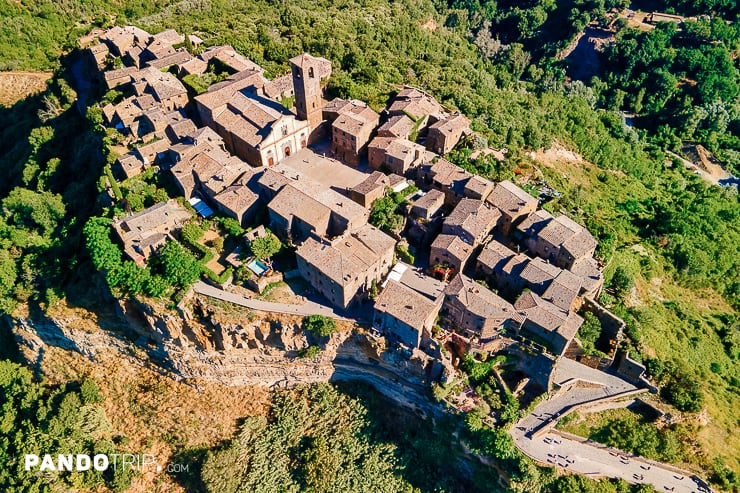
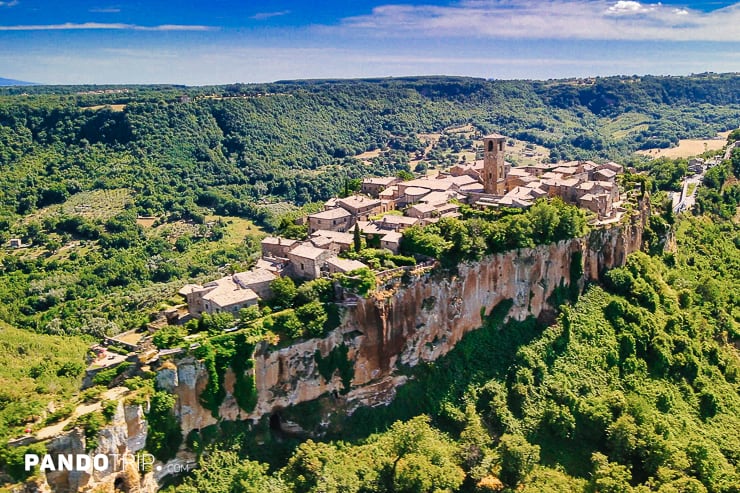
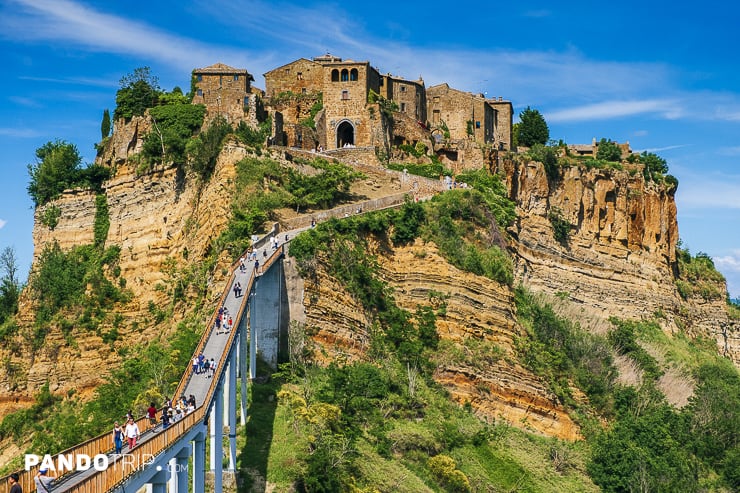
Perched on top of a sheer cliff nearly 300 meters (1,000 feet) high, Civita provides unparalleled views of the dramatic badlands and rolling hills of central Italy. The town has a magical, frozen-in-time atmosphere, offering an enchanting glimpse into a bygone era. It’s no wonder this dramatically situated village has earned UNESCO World Heritage status.
4. Quito, Ecuador
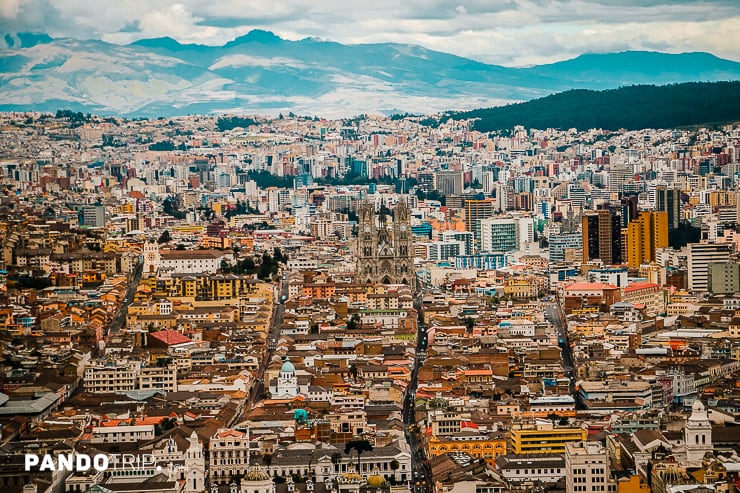
Surrounded by mist-capped volcanoes, Quito sits at nearly 2,850 meters (9,350 feet) in a high Andean valley, making it the second highest capital city in the world. The capital of Ecuador is flanked by the Pichincha Volcano and other towering peaks of the Andes Mountains. This dramatic mountainous setting against an active volcano provides a breathtaking backdrop to Quito’s colonial center.
Known as “the city of eternal spring,” Quito’s high elevation gives it mild, spring-like weather year round. Beyond the weather, Quito enchants with its well-preserved Spanish colonial architecture. The UNESCO-listed Old Town has expansive plazas, gilded churches, and pastel-colored houses from the 16th and 17th centuries. Rooftop terraces offer panoramic views of nearby volcanic peaks.
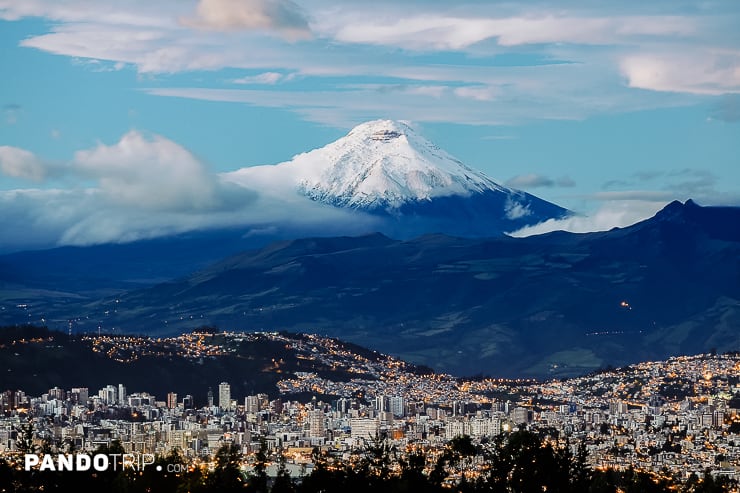
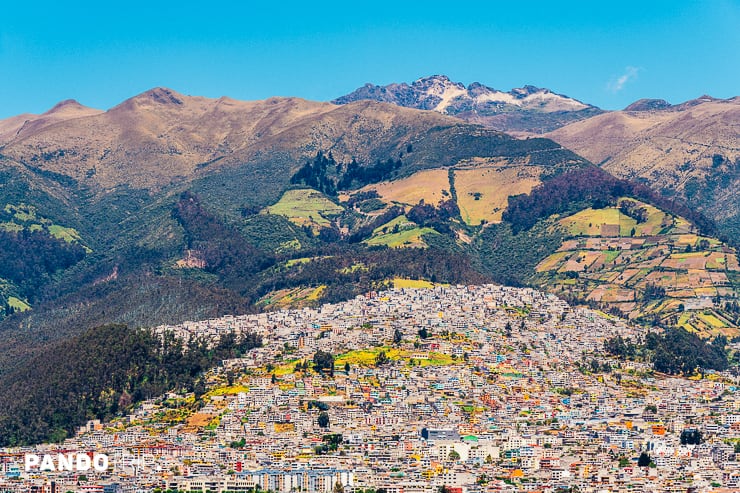
Quito seamlessly blends its Andean location with urban excitement. Take a cable car up the slopes of Pichincha Volcano, then explore the colorful indigenous markets. Visit 16th-century monasteries before dancing salsa late into the night. From historic sites to modern museums, Quito embraces its culture and mountainous geography.
5. Ronda, Spain
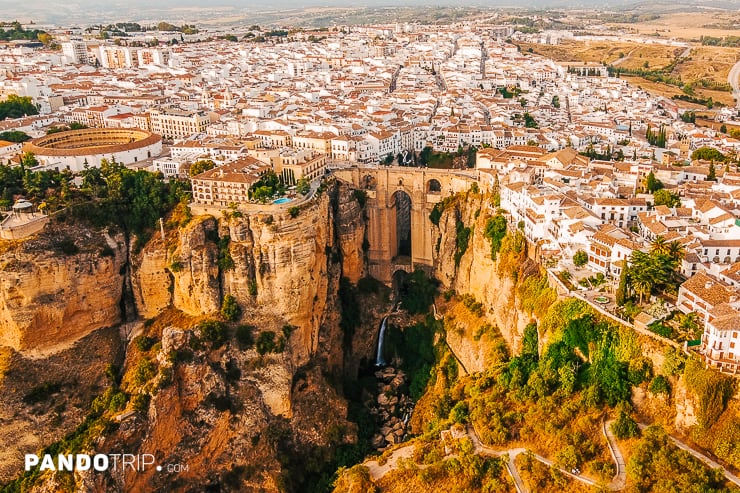
Situated dramatically atop a plunging gorge in Spain’s Málaga province, the picturesque town of Ronda astonishes visitors with its breathtaking setting. The 120-meter (390 ft) gorge splits Ronda in two, with the old Moorish quarter La Ciudad on one side and the newer El Mercadillo on the other. The two sides are connected by three bridges, most notably the 18th-century Puente Nuevo, whose towering arches span the steep ravine. Standing on the edge of the gorge, one feels as though they are at the edge of the world.
Ronda’s origins trace back to the 8th century BC when it was first settled by Celts. The town blossomed under Moorish rule starting in the 8th century AD and remnants of its Islamic past remain, including the Arab Baths and the House of the Moorish King. When Ronda was conquered by the Christians in 1485, it continued to thrive and many churches, convents, palaces, and squares were built in the new town.
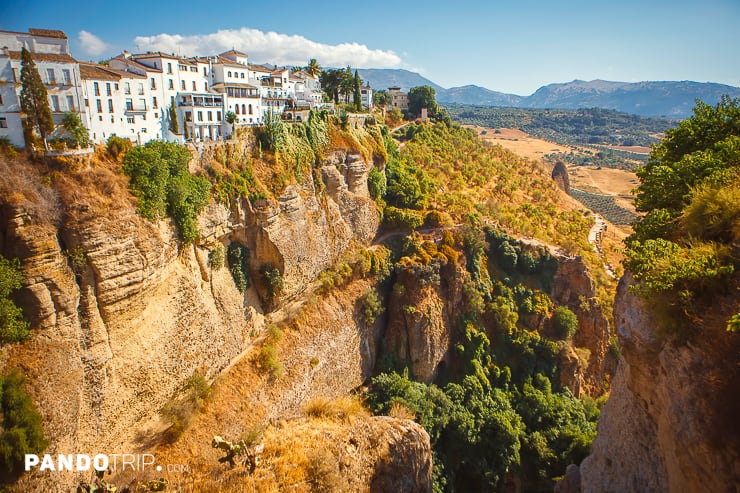
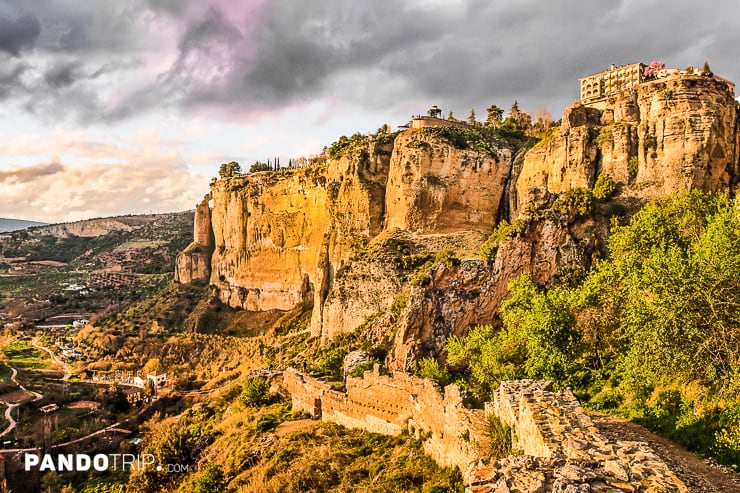
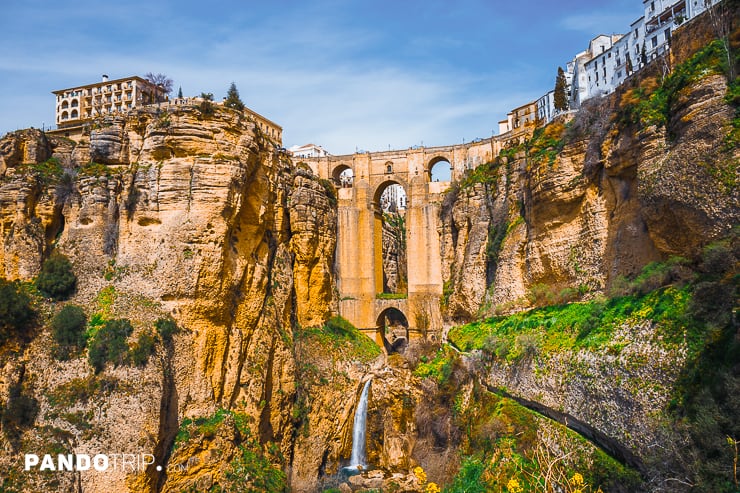
Perched atop the gorge, Ronda provides breath-taking views of the Andalusian countryside dotted with whitewashed villages. The town itself features charming cobblestone streets lined with restaurants, shops, and historic sites. Ronda is also famous for its bullring, one of Spain’s oldest and most illustrious used for bullfighting.
6. Thimphu, Bhutan
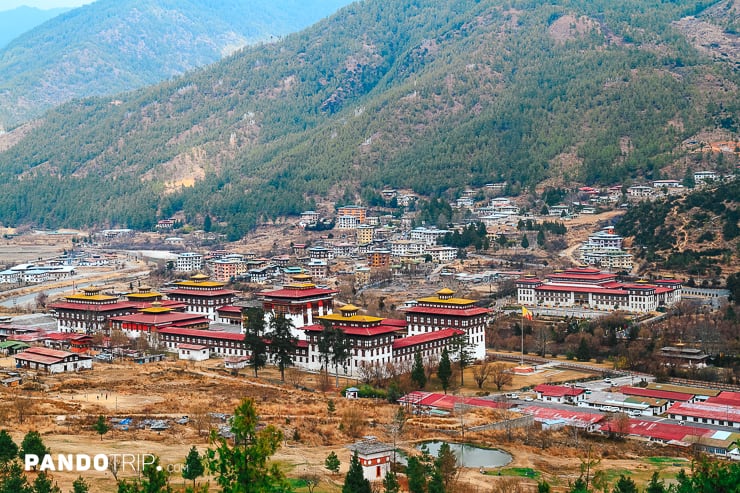
Wedged into a steep Himalayan valley at 2,300 meters (7,500 ft), Thimphu is the largest and only official city in Bhutan. Though it has the status of a capital city, Thimphu feels more like a small town tucked amidst towering peaks. With no traffic lights and bans on honking, along with abundant trees and gardens, Thimphu has a peaceful, idyllic ambience. It is also notably one of the few capital cities in the world without an airport.
As the seat of Bhutan’s royal government, Thimphu juxtaposes ancient traditions with modernization. The magnificent Tashichho Dzong fortress and Buddhist monasteries signal its status as the center of Bhutan’s faith and culture. The colossal bronze Buddha Dordenma statue gazing down on the city is a must-see. Yet the city also boasts modern cafes, clubs, and art galleries. This blend of old and new makes Thimphu endlessly captivating.
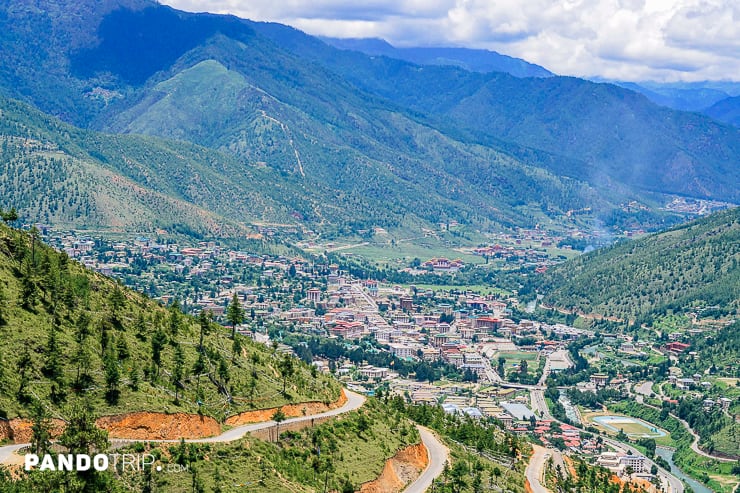
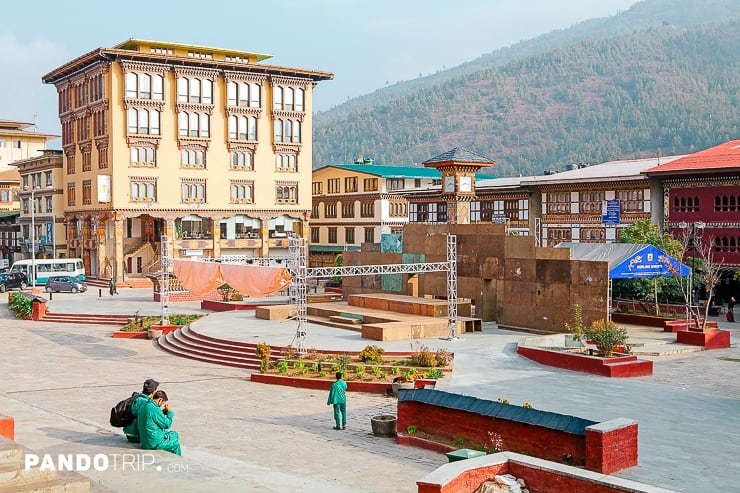
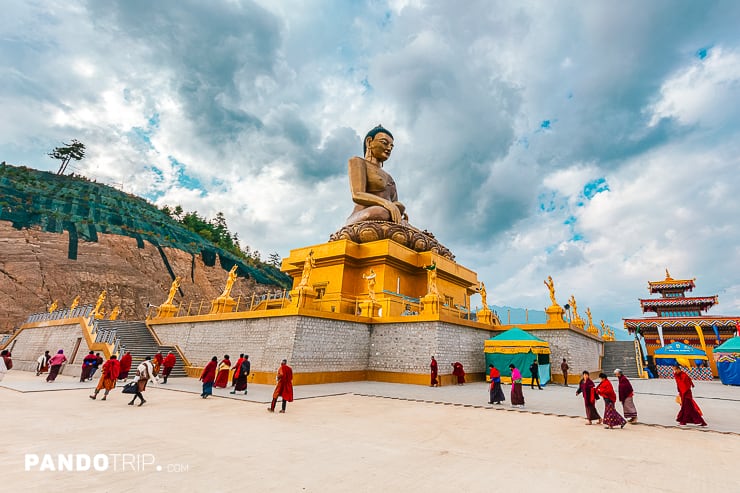
Beyond the city, Thimphu offers easy access to Bhutan’s magnificent Himalayan landscapes. Hike to cliffside monasteries, pass by rural villages, and soak in valley vistas. For those who crave more urban diversions, Thimphu has museums, markets, and even a bowling alley. Cradled snugly in its steep valley, the Bhutanese capital provides a springboard to any adventure.
7. Wengen, Switzerland
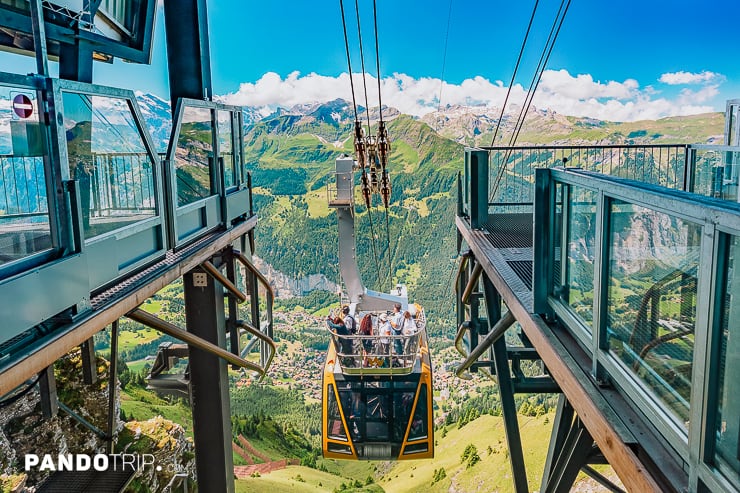
In the shadow of the iconic Eiger, Mönch, and Jungfrau peaks lies the Swiss village of Wengen, a mountain paradise in the Bernese Alps. Surrounded by glacier-capped peaks, Wengen sits perched at 1,274 meters (4,180 feet) above the Lauterbrunnen Valley. This car-free village is accessible only by train, creating a peaceful mountain hideaway.
Wengen has drawn visitors for over 150 years with its pristine alpine landscapes. The village offers unbeatable access to mountain adventures like hiking, skiing, paragliding and mountaineering. Trains whisk you up to panoramic viewpoints like Kleine Scheidegg and the Jungfraujoch – Top of Europe. The region also includes the Aletsch Glacier, the largest glacier in the Alps.
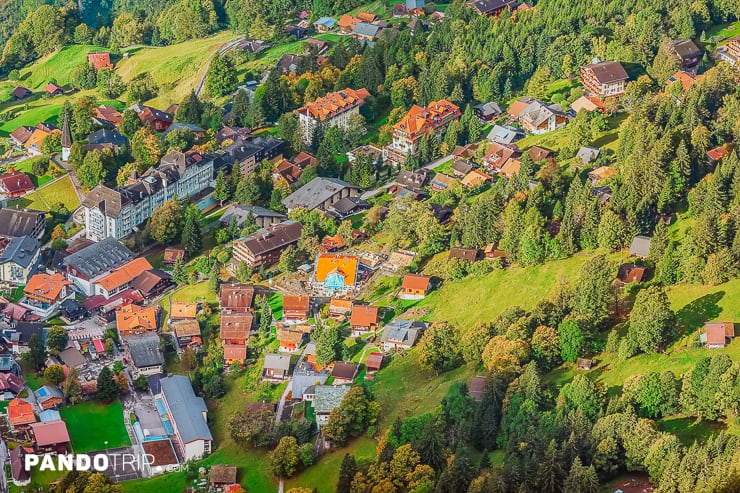
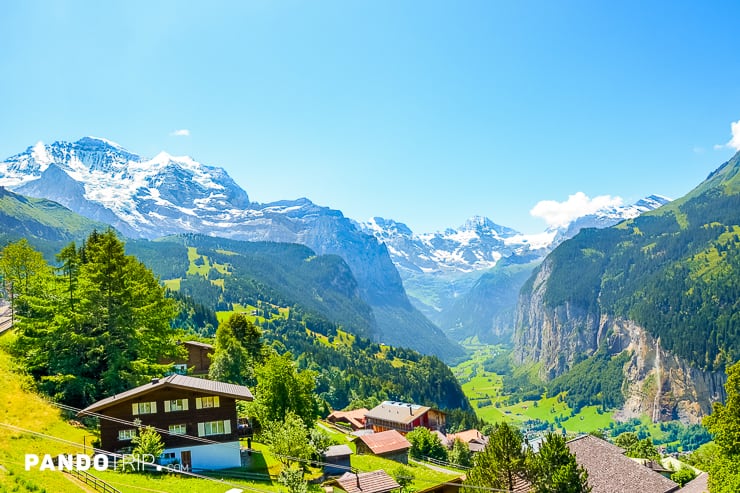
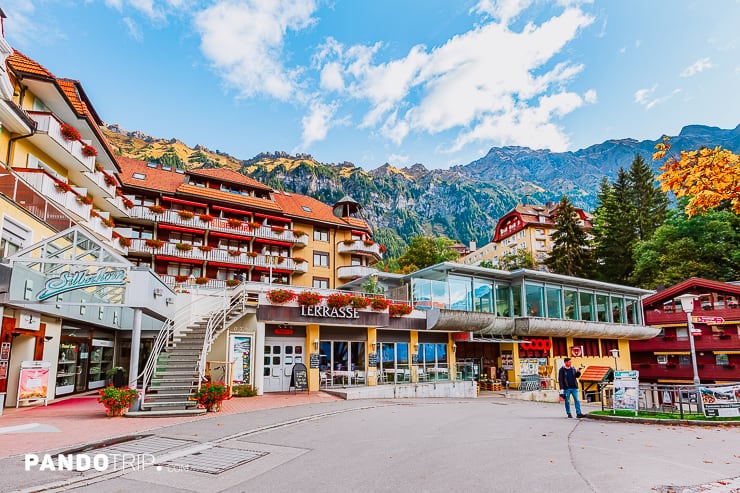
With timber chalets and flower-filled meadows set against sheer Alpine cliffs and glaciers, Wengen encapsulates storybook Swiss village charm. Historic hotels and Belle Époque architecture add old-world romance to this town of around 1,300 residents. Despite its small size, Wengen is well equipped with restaurants, cafes, shops, and hotels to enjoy after a day exploring the mountains.
8. Setenil de las Bodegas, Spain
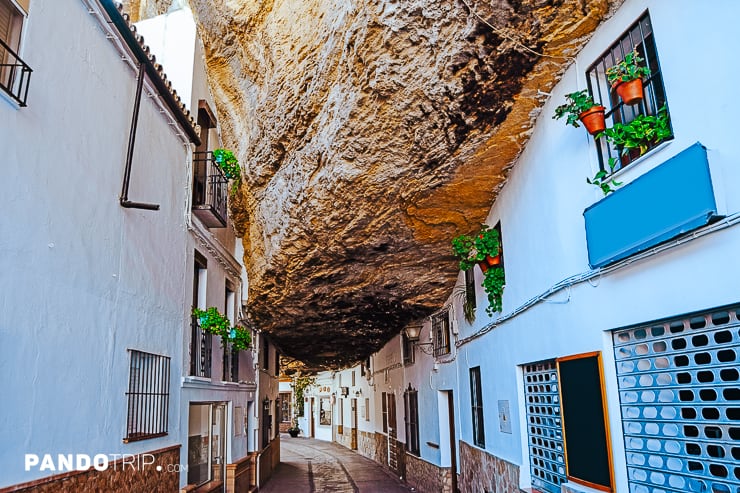
Tucked into the cliffs of Spain’s Sierra de Grazalema Natural Park, the town of Setenil de las Bodegas offers a unique mountainside setting. The town is not just surrounded by rock, but actually built into it. This unique building style utilizes the natural caves and overhangs created by the eroded tufa rock cliffs along the river Trejo.
The town’s distinctive architecture adapts to the natural environment. Houses use the rock itself as walls, roofs, and foundations. Some dwellings are fully enclosed by the stone. Others have just one or two rock-face sides providing insulation. This protects against heat, cold, floods, and landslides. Several streets run beneath overhanging cliffs, creating tunnel-like passages.
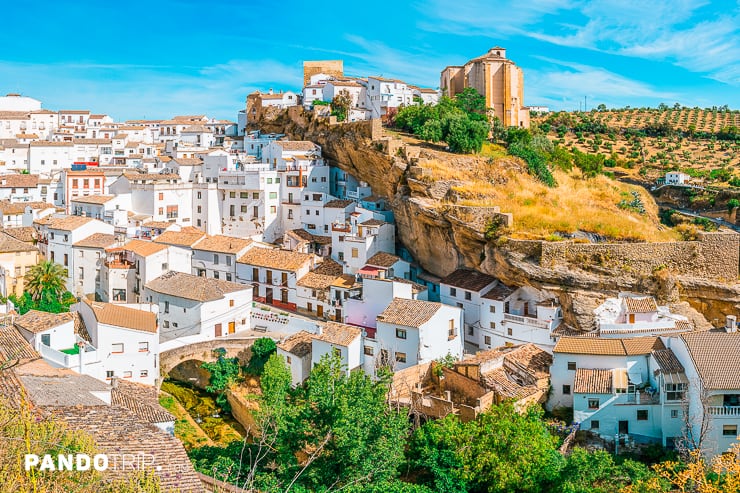
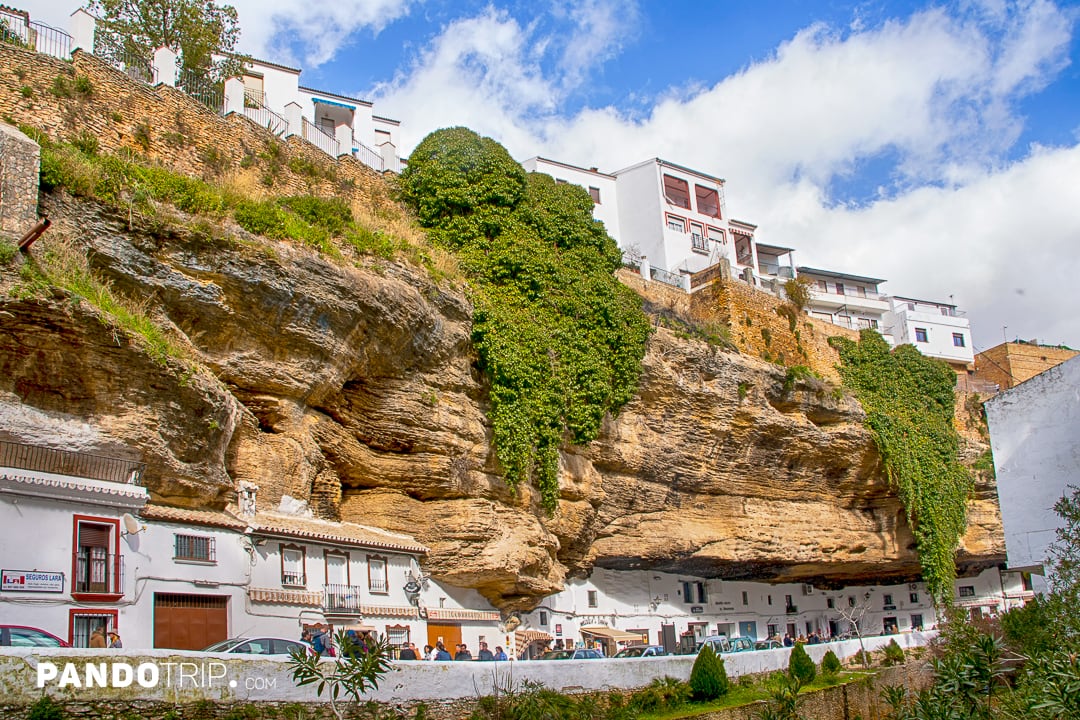
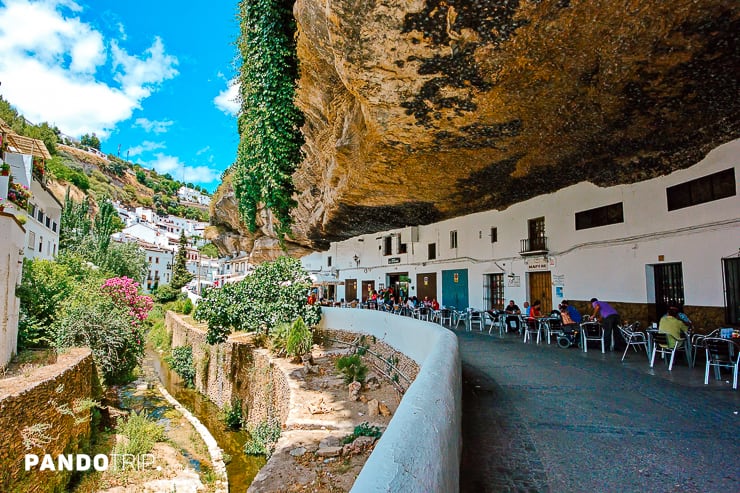
Setenil has ancient roots dating back to Bronze Age caves along the river. The name Setenil comes from the Latin “septem nihil” meaning seven times nothing, referring to the Moorish town being conquered and rebuilt many times. After the 15th century Christian reconquest, Setenil flourished into a town renowned for its wines. Many wineries still operate today in caves dug into the mountainsides. Setenil is also part of the Pueblos Blancos route, known for picturesque white villages and historical charm.
9. Sana’a, Yemen
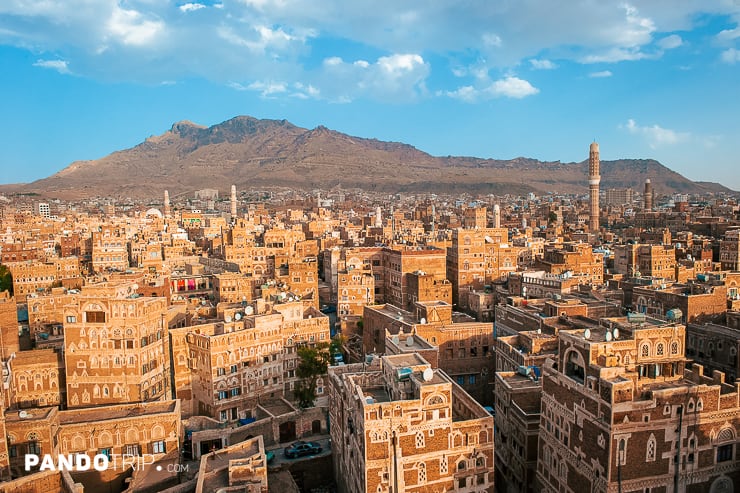
For over two and a half millennia, the city of Sana’a has stood tall in Yemen’s Sarawat Mountains at 2,300 meters (7,500 ft). The capital of Yemen showcases the country’s ancient heritage and culture. The Old City of Sana’a is a UNESCO World Heritage site, renowned for its unique architectural character.
Packed within an ancient fortified wall, the Old City boasts over 100 mosques, 14 hammams (baths), and over 6,000 houses built in the unique Sana’ani style. These distinctive tall, brown buildings are decorated with white geometric patterns. Winding alleys, brick archways, and bustling markets give Sana’a’s old quarters a truly Arabian feel.
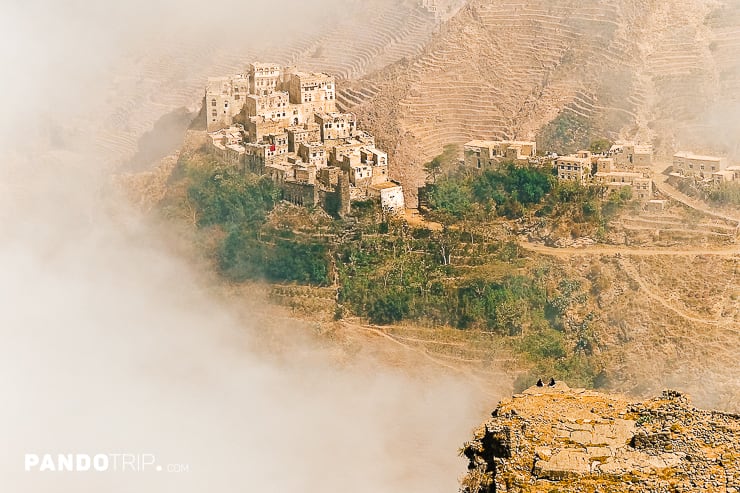
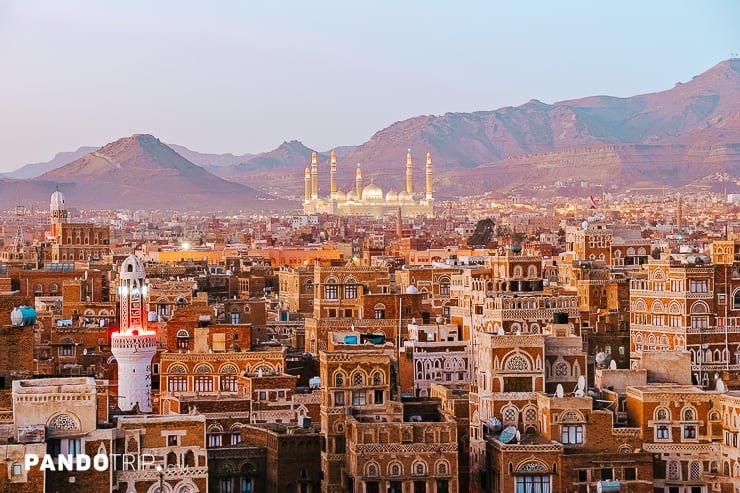
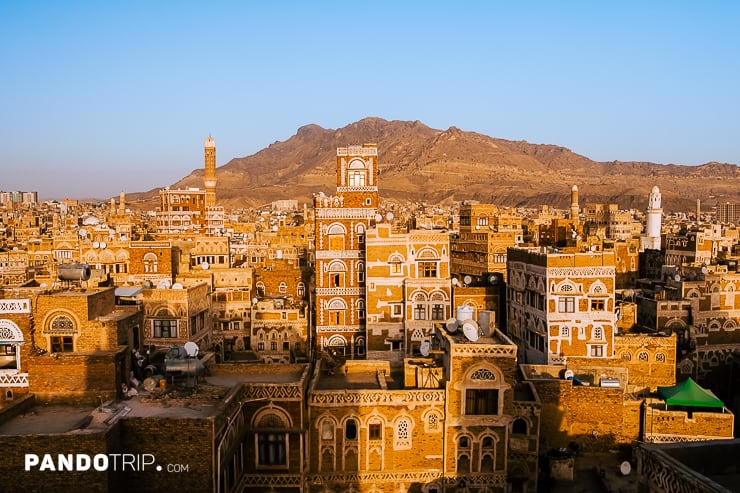
Sadly, present-day Sana’a faces great challenges due to the ongoing violent conflict in Yemen. Since unrest began in 2014, the UNESCO World Heritage site has suffered serious damage from airstrikes and fighting. The US State Department and many other nations currently advise against traveling to Yemen. While Sana’a remains rich in history and culture, the safety of potential visitors cannot be guaranteed. One can only hope this ancient mountain city will soon return to stability and open its arms once again to eager explorers.
10. Banff, Canada
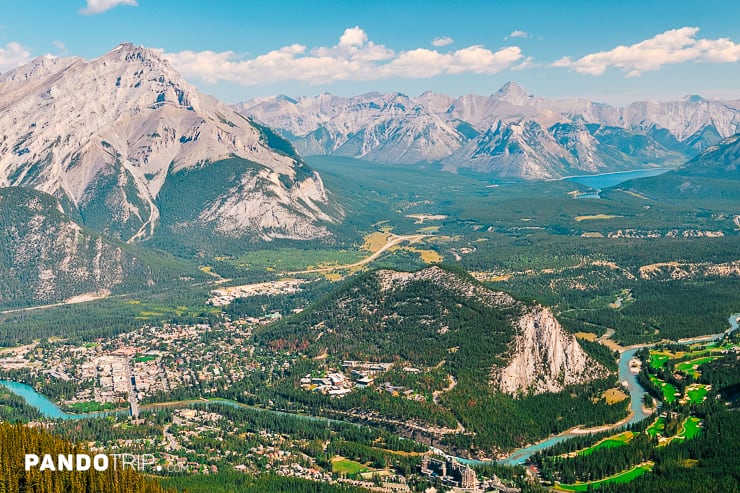
At 1,400 meters (4,600 ft) elevation deep in the Canadian Rockies, Banff is the highest town in Canada. Flanked by towering mountains, Banff lies amid the grandeur of Banff National Park, Canada’s first national park established in 1885. The town sprang up as a service hub for the Canadian Pacific Railway and today thrives as a bustling tourist destination and gateway for exploring the Rockies.
Banff charms visitors with its lively downtown full of shops, restaurants, and bars. Historic buildings like the Fairmont Banff Springs Hotel harken back to the town’s roots as a 19th century mountain resort. Beyond downtown, the Banff area offers endless outdoor recreation year-round. Hike through alpine meadows to teal blue Lake Louise and Moraine Lake. Ride the gondola up Sulphur Mountain for sweeping views of the valley. Ski Sunshine Village and Lake Louise Ski Resort.
With the spectacular Rockies as its backdrop, Banff thrums with energy while still providing easy access to unspoiled nature. You can soak in mountain hot springs one day, then spy bounding moose and grazing elk the next. Banff brings together all the amenities of an established town with the beauty and adventure of its national park surroundings.
